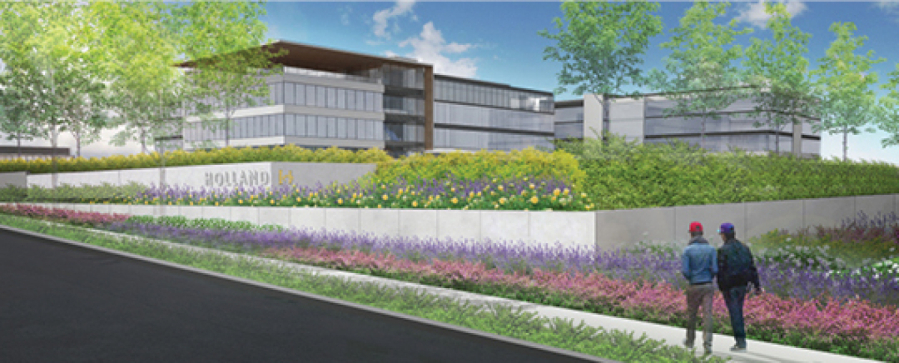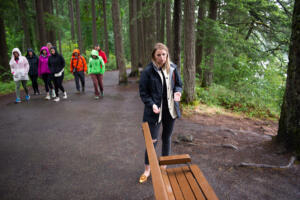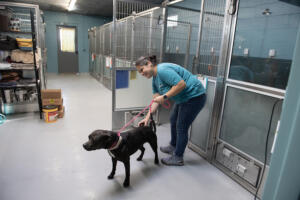Camas officials have approved plans to build a massive mixed-use development on 35 acres in west Camas, near Fisher Investments’ headquarters, off Northwest Fisher Creek Drive and Northwest 38th Avenue.
Spearheaded by Vancouver-based property developers, the Holland Partner Group, the project will construct an office complex with two 70,700-square-foot buildings and one 110,000-square-foot building, as well as a 276-unit apartment complex and a one-story, 20,000-square-foot artisan grocery market, on Camas’ western boundary with the city of Vancouver.
The project is expected to bring in $164 million in private investment and create 1,200 new jobs within the city of Camas.
“This fulfills the (city’s) vision of having this area create jobs — non-polluting jobs,” Vancouver attorney Randy Printz, who represents the developer, told Camas leaders at a public hearing that lasted more than three hours Monday night.
Not everyone was so enthusiastic about the new development.
Residents from the nearby Awbrey Glen at Fisher’s Landing neighborhood filled the Camas City Council chambers Monday night to speak out against the Grass Valley development, which they claim will disrupt their quality of life and negatively impact the environment.





